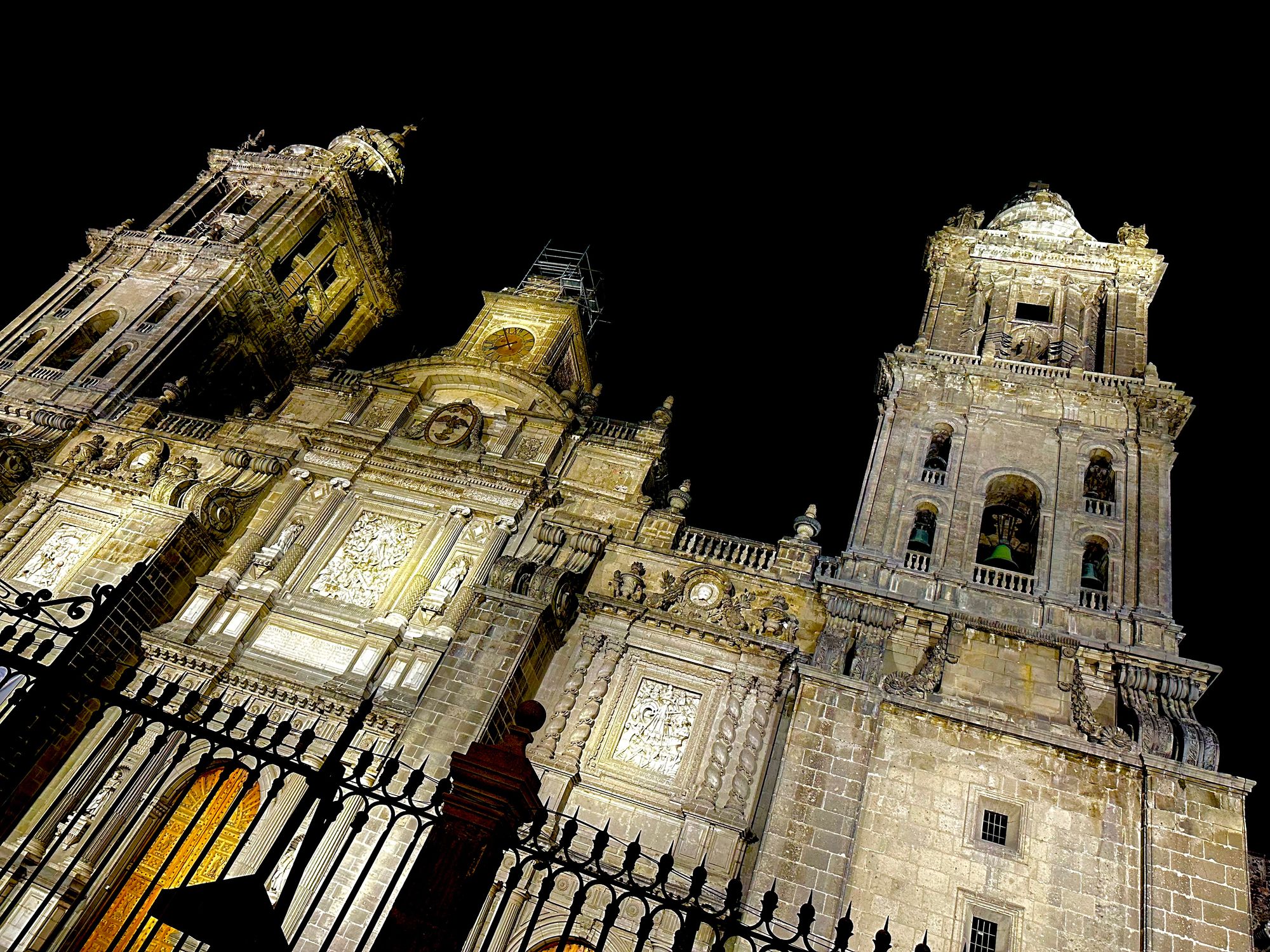Mexico City Metropolitan Cathedral: A Historical Overview of an Architectural Marvel
The Mexico City Metropolitan Cathedral, an architectural and historical marvel, stands as one of the most important religious and cultural landmarks in Mexico. Constructed over a period of nearly 250 years, from 1573 to 1813, this awe-inspiring cathedral is located in the heart of Mexico City, adjacent to the Zócalo

The Mexico City Metropolitan Cathedral, an architectural and historical marvel, stands as one of the most important religious and cultural landmarks in Mexico. Constructed over a period of nearly 250 years, from 1573 to 1813, this awe-inspiring cathedral is located in the heart of Mexico City, adjacent to the Zócalo or main square.
The cathedral was built on the ruins of the Templo Mayor, the main temple of the Aztec city of Tenochtitlan, which was conquered by the Spanish in 1521. It represents a unique blend of architectural styles, including Renaissance, Baroque, and Neoclassical, reflecting the changes in artistic tastes and influences over the centuries.
As the largest and oldest cathedral in the Americas, the Mexico City Metropolitan Cathedral is home to numerous priceless artworks, altars, and chapels. One of the most notable features is the ornate Altar of the Kings, a masterpiece of Churrigueresque style, crafted by Jerónimo de Balbás in the 18th century. The cathedral also houses the tomb of the conquistador Hernán Cortés and the remains of several Mexican archbishops.
Despite its beauty and historical significance, the cathedral has faced structural challenges over time due to the unstable soil beneath it, which has caused it to sink unevenly. In recent years, extensive restoration and preservation efforts have been undertaken to address these issues and ensure the longevity of this iconic monument.
Visitors to the Mexico City Metropolitan Cathedral can not only appreciate its stunning architecture and artwork but also delve into the rich and complex history of Mexico, spanning the pre-Hispanic, colonial, and modern eras.




